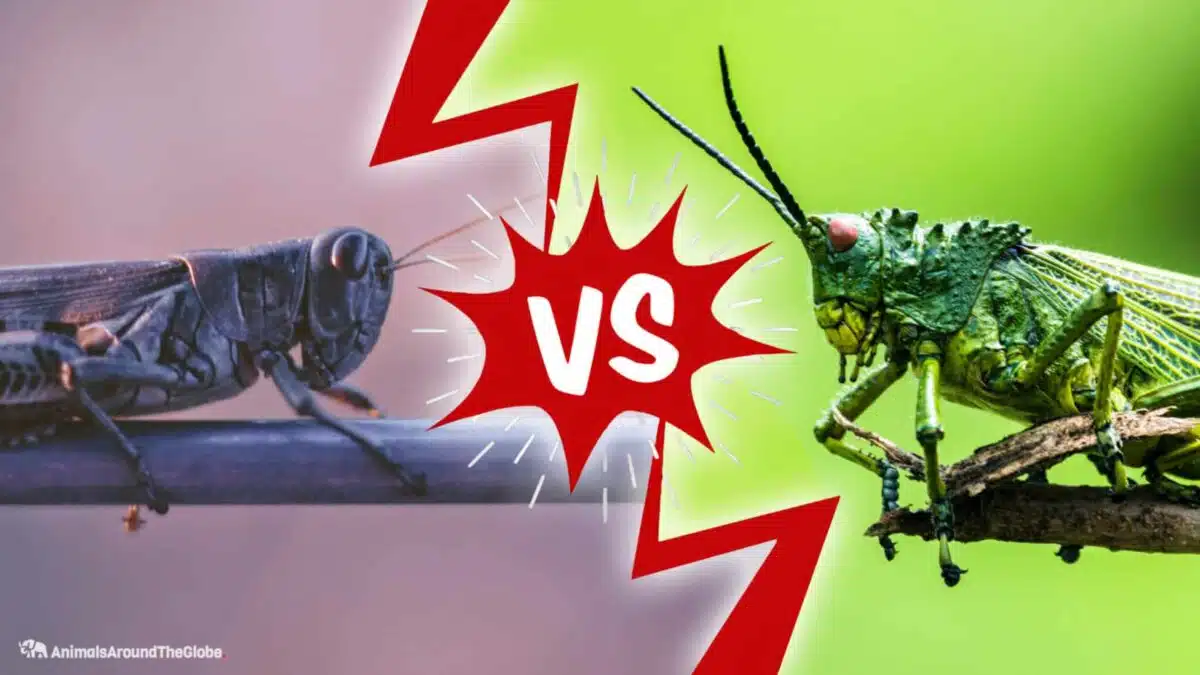In this post we will carefully compare two closely related insects: The Locust vs. Grasshopper.
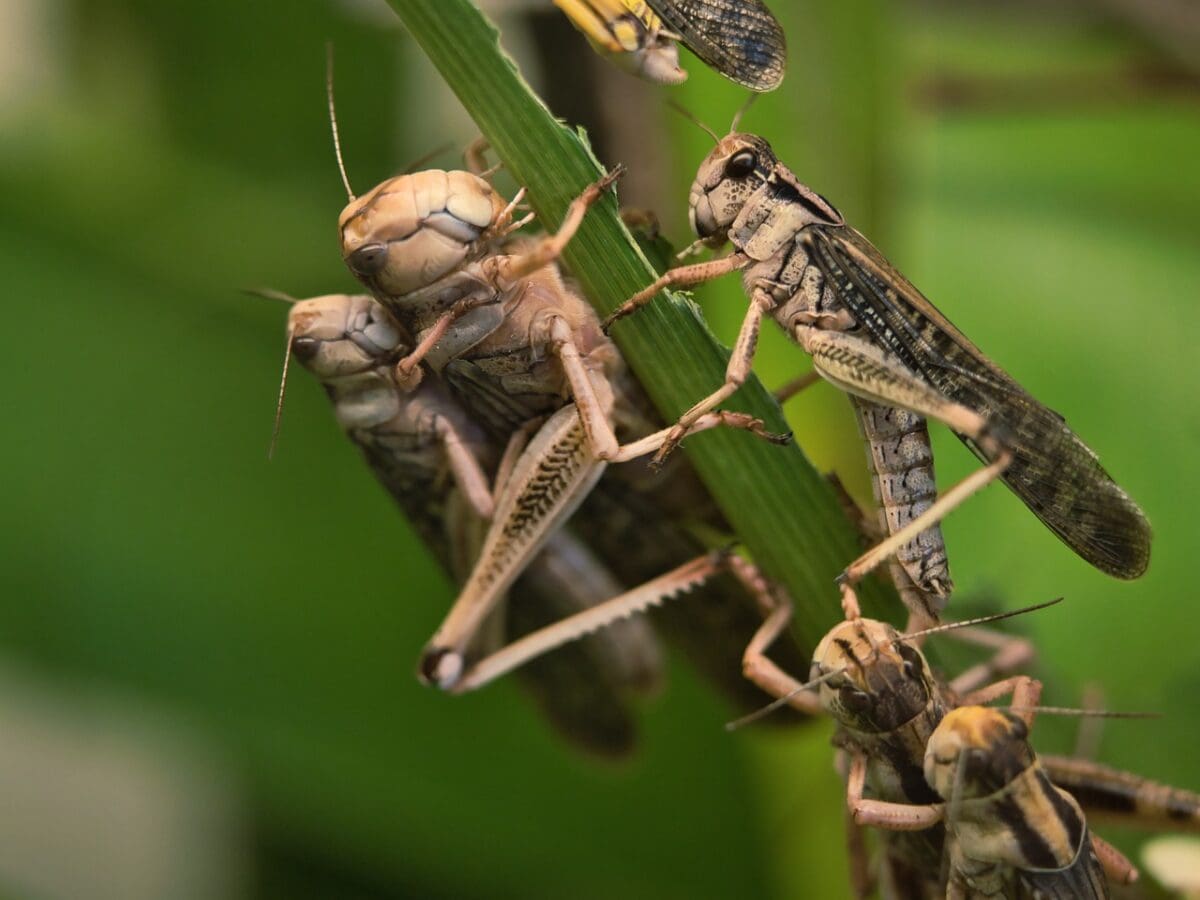
If you’ve been puzzled by the similarities between locusts and grasshoppers, don’t worry – we’re here to bring you clarity!
From their physical characteristics to how they interact with their environment, understanding these distinctions can help us appreciate both creatures in a new way.
Both are members of the insect family Caelifera, but beyond this single point of similarity lies an interesting range of unique behaviors and characteristics that set them apart.
Likewise, we will cover how they coexist in nature today and why humans need both species to survive. So get ready – let’s dive into their differences: locust vs. grasshopper!
Comparison of Locust Vs. Grasshopper
| Characteristics | Grasshopper | Locust |
| Size | 2 inches long, and an average grasshopper weighs 0.01 ounces. | 2-3 inches long and weighs about 2 grams (approx. an ounce) |
| Lifespan | Although grasshoppers can live up to 12 months, there is only a 50% chance that these can survive that long because of predators. | The life expectancy of the locust is 3-6 months, but it is variable and depends on the weather. |
| Colors | They are found in different colors, such as: Green, olive, brown, yellow, and red. | Locusts can be found in three colors: Green, black, and brown. |
| Number of Species | There are 11,000 different species of grasshoppers. | Locust has 19 different species. |
| Behavior | They do not have nests or territories, and most species are solitary. | Locusts display both solitary and flock behavior, forming swarms of millions of individuals if the conditions are right. |
| Flight | Grasshoppers can only fly extremely short distances; they primarily hop. | Locusts can fly quickly. |
Origin Of Locust And Grasshopper
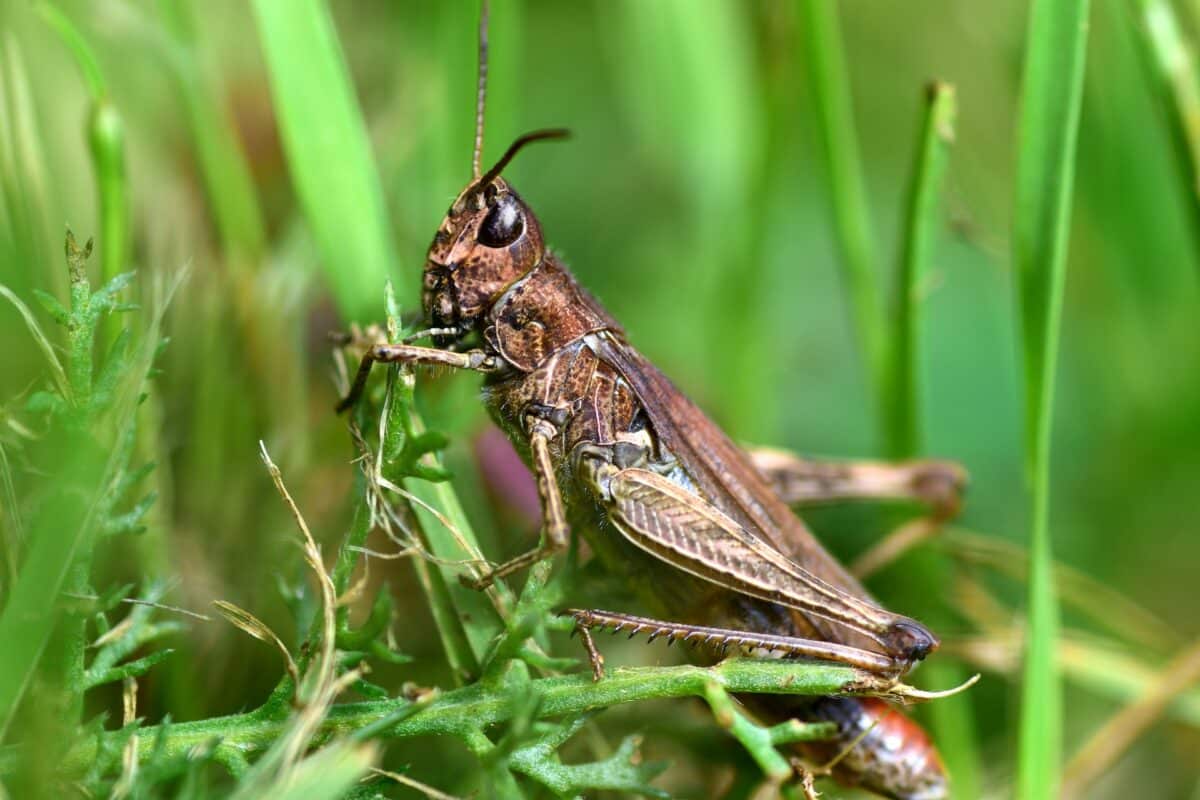
Locusts and grasshoppers are both included in the family of crickets and katydids. Although they look quite similar, their behavior allows us to distinguish between them clearly.
In the non-swarming phase, the two species look and act similarly, with grasshoppers tending to live separately from locusts in various habitats worldwide.
However, when conditions are right for locusts to swarm, their behavior changes dramatically — forming huge, migratory bands that can cause significant destruction to crops as they search for food sources.
Getting To Know The Locust
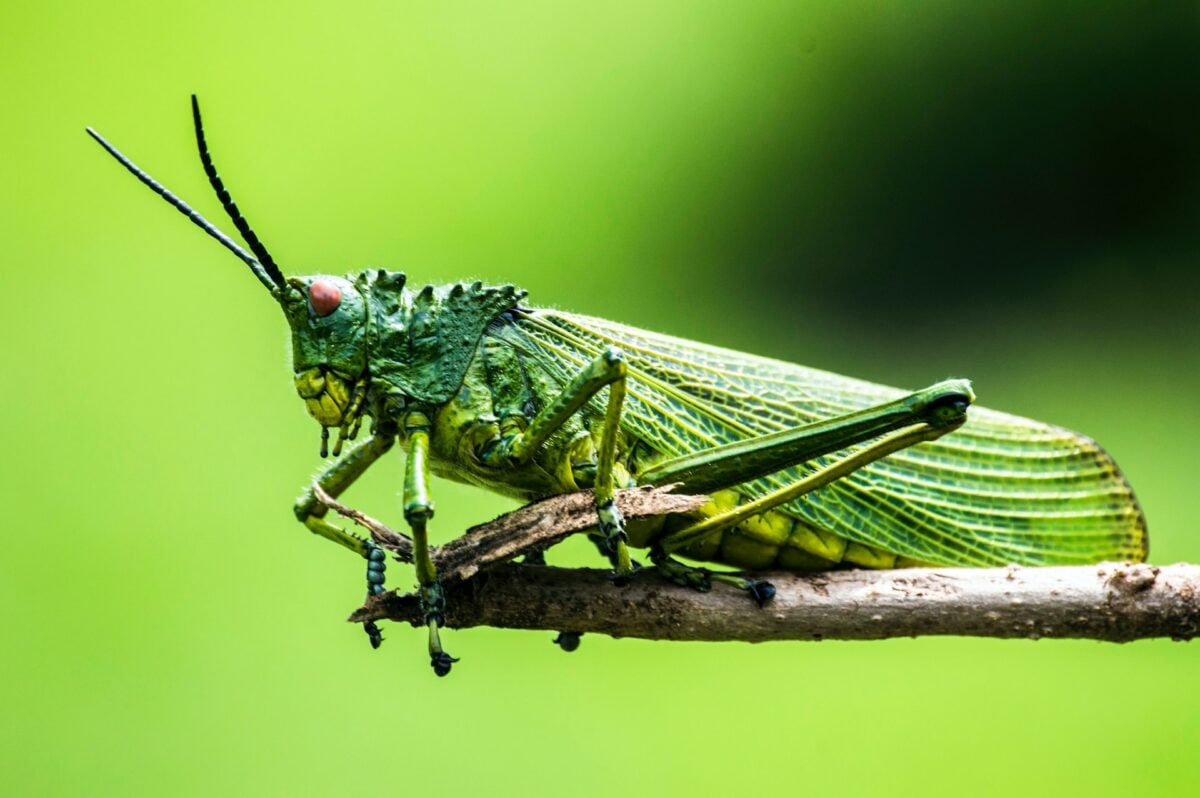
A locust is a grasshopper species with the unique ability to form large, migratory swarms. Locusts can travel up to 100 miles in a single day, making them capable of covering vast land areas in just a few days.
Locusts become highly gregarious when food sources become scarce and model their behavior on the rest of the swarm.
An individual locust will change its behavioral patterns during times of scarcity and disaster, including changes in coloration and diet.
Historically, locust plagues have had devastating economic effects as they consume huge amounts of crops and can spread across an entire region within days.
Getting To Know The Grasshopper
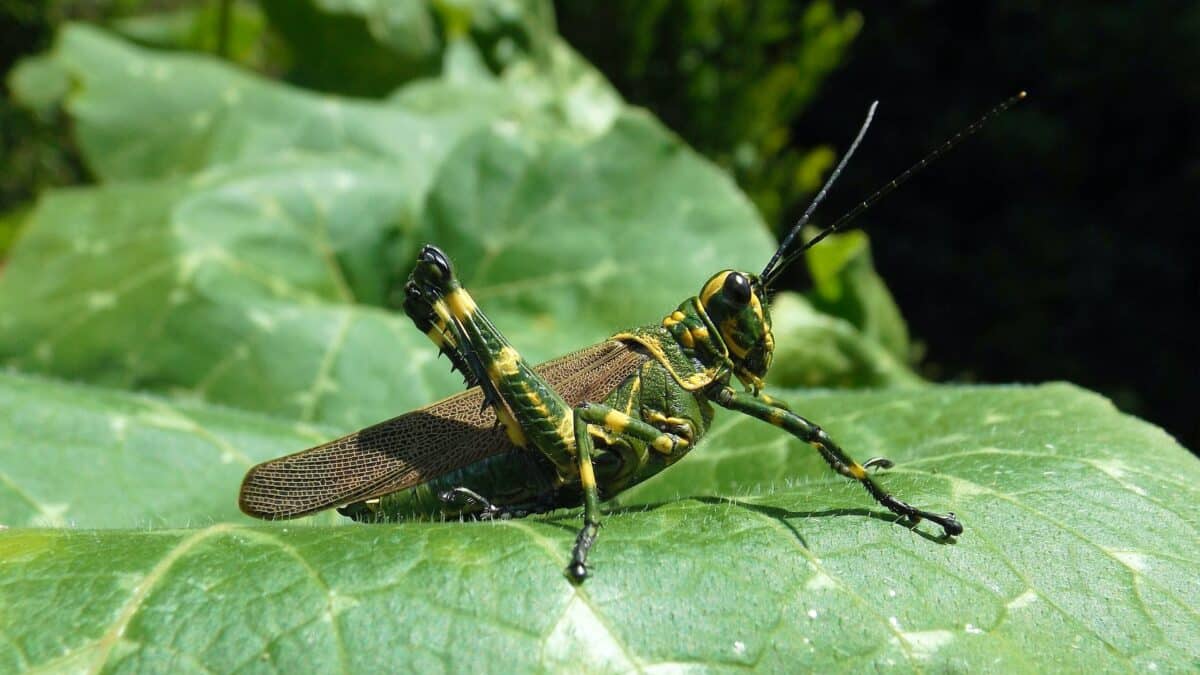
A grasshopper is an insect belonging to the suborder Caelifera within the order Orthoptera. They are herbivorous, meaning they feed on plants such as leaves and fruit. While most grasshoppers are small and colored green or brown, many species vary in size and coloration.
These insects have six legs, two antennae, large eyes, and a so-called ‘tympanum’ – two plates on either side of their abdomen – which detect vibrations from the sound.
Grasshoppers can leap prodigious distances thanks to their specially adapted hind legs; some species can jump a distance of 20x their body length! In addition to this, some species are even capable of flight.
Therefore, grasshoppers can contribute to biodiversity in every environment they inhabit and enrich different ecosystems with their unique abilities.
What Are The Similarities Between Locust vs. Grasshopper
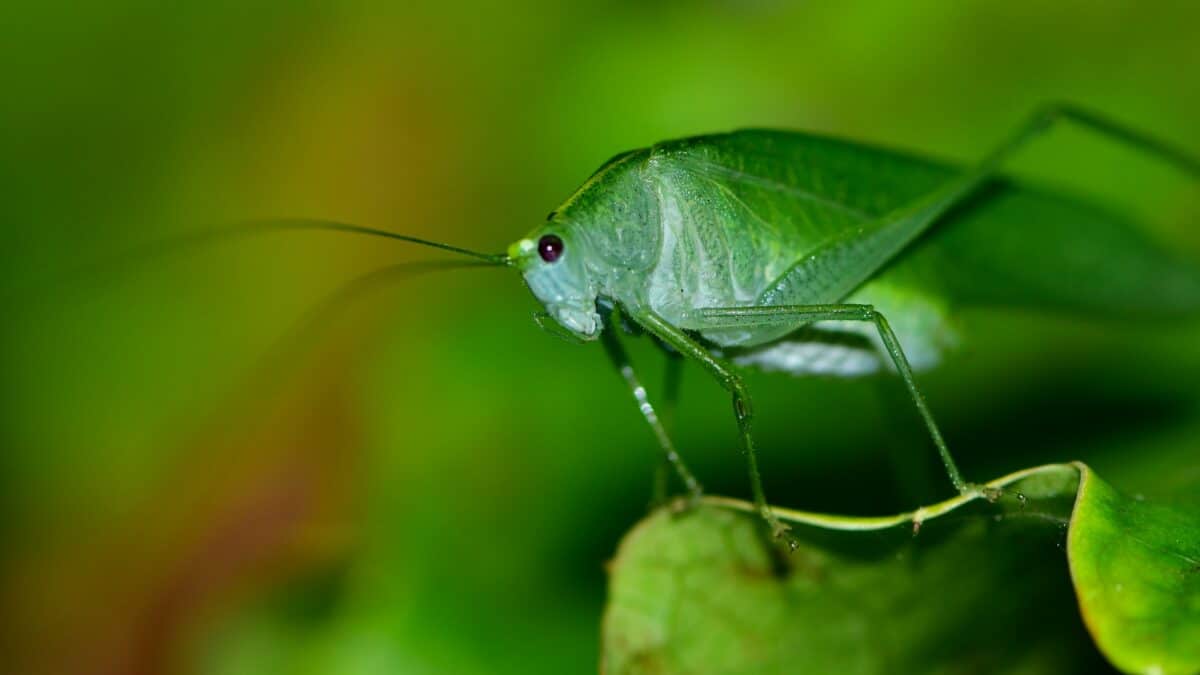
Locusts and grasshoppers are similar in many ways: both belong to a family of insects called Acrididae, and they are within the same genus – hence their similar characteristics: both have wings, long antennae, and six legs.
They feed on plants, eating vegetation or grains growing in fields. These two insects have similar lifespans; they typically live between 6 months to one year.
Additionally, both species lay eggs in swarms to protect their offspring from predators while they mature into adults.
Since they tend to colonize together when suitable environmental conditions exist, locusts and grasshoppers also frequently share the same migration habits and life cycles.
What Are The Key Differences Between Locusts vs. Grasshoppers?
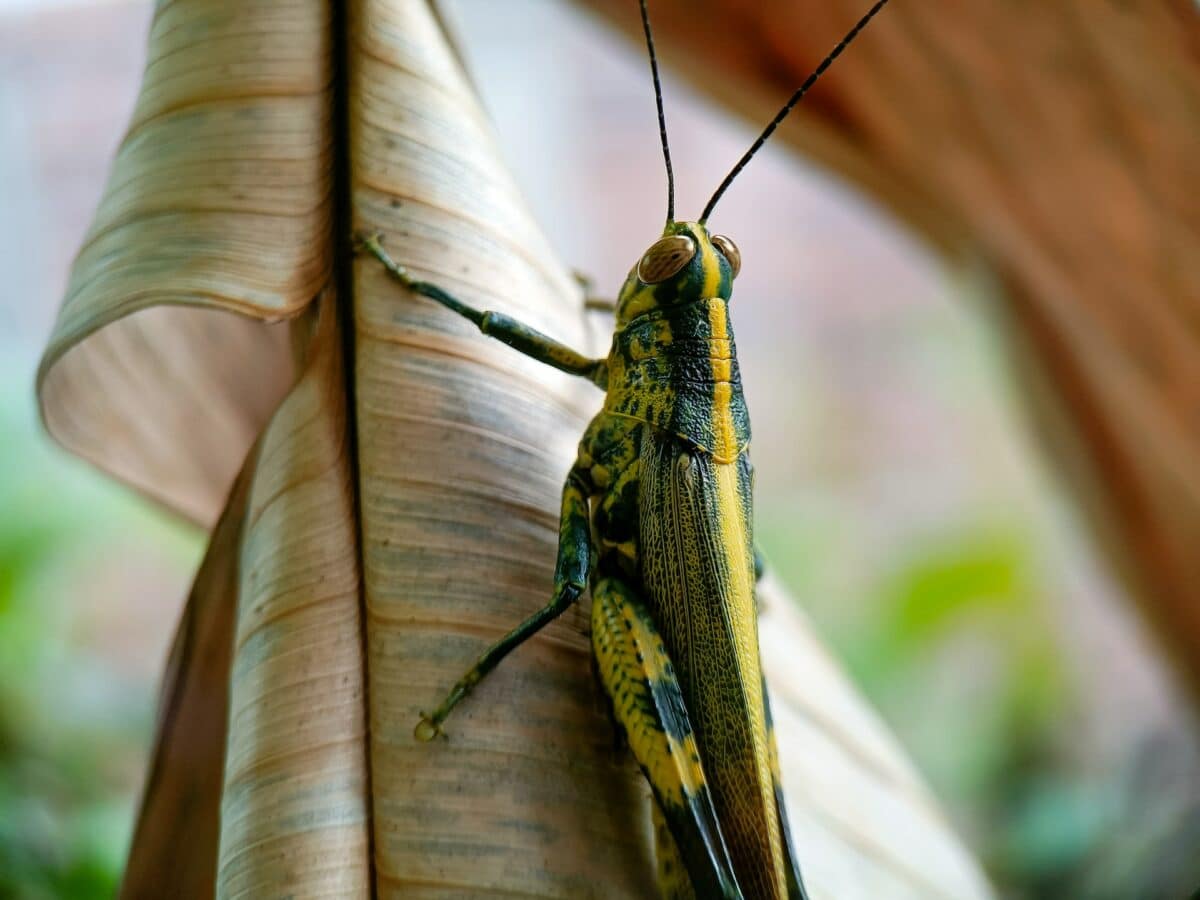
Knowing the differences between locusts and grasshoppers is important for understanding the agricultural threats that locust swarms present. Locusts and grasshoppers are both in the order Orthoptera, and both are herbivorous.
However, regarding physical characteristics, the adults of the two species can vary dramatically in size, but typically adult male locusts tend to be larger than their grasshopper-cousins when mature.
A few key differences between Locust vs. Grasshopper pertain to their:
Physical Appearance
At first glance, it might seem like locusts and grasshoppers have similar appearances. However, on closer inspection, there are some easily identifiable physical differences between the locust vs. grasshopper.
To start with, locusts generally have more rounded bodies than grasshoppers, particularly in their mid-region. Locusts also tend to be larger than grasshoppers, with a greater span from wings at full extension – sometimes up to three inches across! On the other hand, grasshoppers often display a more flattened profile.
In terms of colors and patterns in the wings, non-migratory locusts usually fall into shades of brown or green, whereas the colors in grasshoppers could be brighter and more conspicuous; many species have bold black and yellow stripe-like marks, for instance.
From head to toe, if you look closely enough, there are several ways to distinguish one species from another!
Behaviour And Attitude
When looking at a locust vs. grasshopper, it can be hard to tell them apart. While these two insects have many similarities, their behavior reveals some key differences. The key difference between these two is the state they live in most of the time.
Grasshoppers are solitary creatures who live independently, content to wander and feed themselves. Locusts, on the other hand, have a dramatic lifestyle shift – they cycle back and forth between living relatively isolated or forming swarms of millions of individuals when resources become scarce or optimal conditions are met.
Additionally, while grasshoppers tend only to migrate short distances when looking for food and shelter, locusts migrate hundreds of miles.
Finally, when stressed out by predators or some other kind of danger, grasshoppers will stay low to the ground until the threat passes, whereas agitated locust swarms take off into the sky like a great dark cloud! Thus, understanding their unique behavioral patterns helps us differentiate between these two insects, which are easily confused.
Sustainable Flight
Locusts and grasshoppers often look similar, but their wings are very different. Locusts have longer and stronger wings than other grasshoppers, which allows them to migrate over long distances in the air with sustained flight capabilities.
Grasshopper’s small wings only grant limited flying power; they can fly for about 40 feet (10 meters) at a time—but that’s just enough to cover short jumps as it hops along!
For quick identification between species, check if the wing length exceeds its body size: locust will typically show an extension on each side, while this feature is absent in a regular grasshopper.
Whether you’ve spotted one or both of these insects, take some time and observe – then you’ll know what kind of creature has landed by your doorstep!
Habitat And Diet
Regarding habitat, locusts tend to favor dry and semi-arid regions more than grasshoppers. They are found in these areas because they can remain inactive for months during the initial stage as eggs and then quickly migrate as adults when enough rain falls to meet their food requirements.
Grasshoppers, on the other hand, prefer well-watered habitats like wetlands or wet meadows. When it comes to their diet, locusts feed primarily on plants and typically eat the entire plant, whereas grasshoppers eat leaves or blades of grass. Grasshoppers feed on the plant’s thin bark, while locusts do not.
As a result of their different diets, grasshoppers are considered quite beneficial due to the consumption of plant parts considered by humans as undesirable. In contrast, locusts can devour large portions of vegetation and cause crop devastation.
Reproduction
Grasshoppers typically mate individually, with males and females pairing off for periods until the female lays her eggs in the soil.
Locusts take a much different approach: when the population reaches certain levels of density, individuals will transform from solitary behavior to a gregarious swarm of locusts that migrate together in search of food.
This process is known as phase polyphenism, where the locusts rely on each other’s presence for mass reproduction: hordes containing millions or even billions of locusts can arise because each swarm contains many females ready to lay eggs during their journey.
Species
Different species of locust and grasshopper have been well-documented throughout history, with folkloric beliefs connecting them to everything from divine messages to plague invasions.
While they often look similar, their characteristics vary wildly in behavior and shape. Some rely on camouflage rather than sheer numbers to protect them from predators.
The different shapes also play a role in their survival. For example, some species have flat bodies that allow them to squeeze through tight gaps and spaces, whereas others have pointed heads that help them fly quickly and sharply away from danger.
Whatever their adaptations, locusts and grasshoppers enrich and beautify our planet—and sometimes even provide a tasty snack!
What Predators Prey On Locust And Grasshoppers?
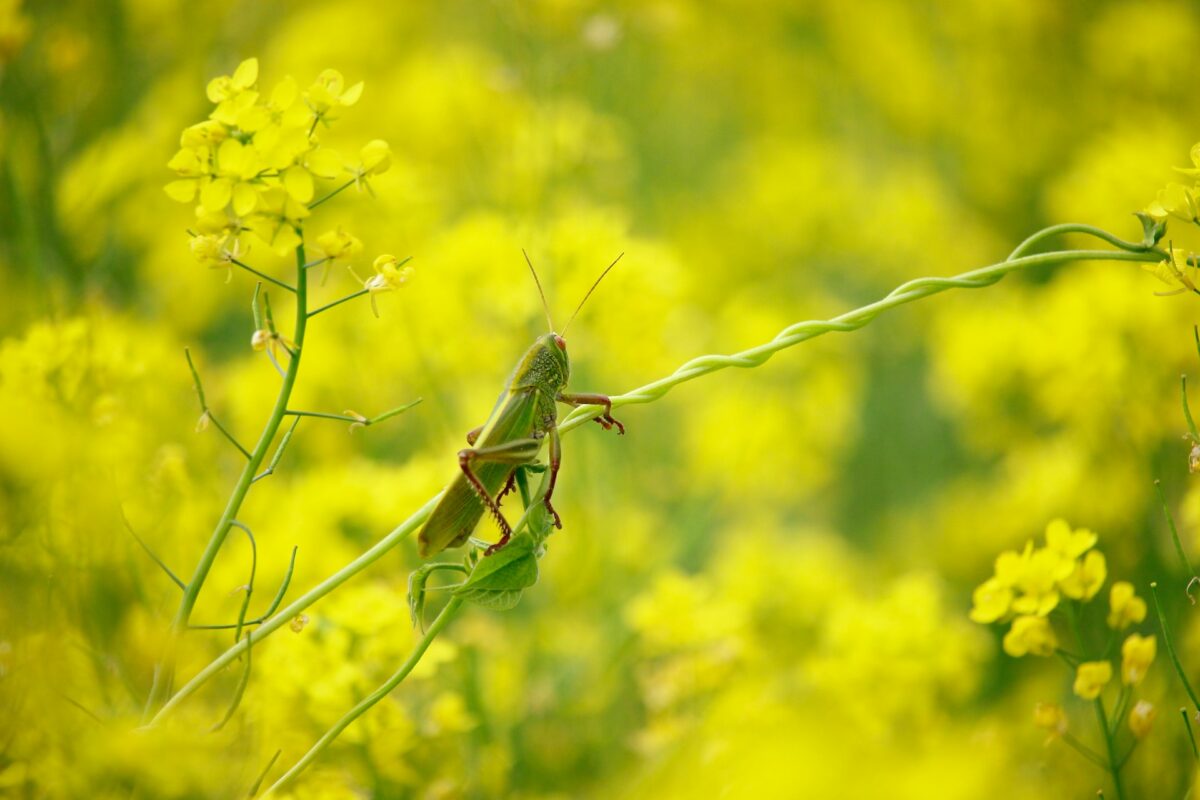
Predators such as birds, lizards, and rodents see locusts and grasshoppers as tasty treats! Azure kingfishers, kestrels, and buzzards are some birds that eat these insects, relying on their sense of sight to locate them. Lizards such as geckos and skinks also prey on locusts and grasshoppers.
Moreover, ground squirrels and mice typically consume large amounts of both types of insects during certain times of the year. Large insects like dragonflies can hunt locusts and grasshoppers – this is impressive considering their size difference!
As humans continue encroaching upon habitats where these insects live, it increases their exposure to predators that otherwise would not have been in those areas.
Benefits Of Each Species For Farmers And Gardeners?
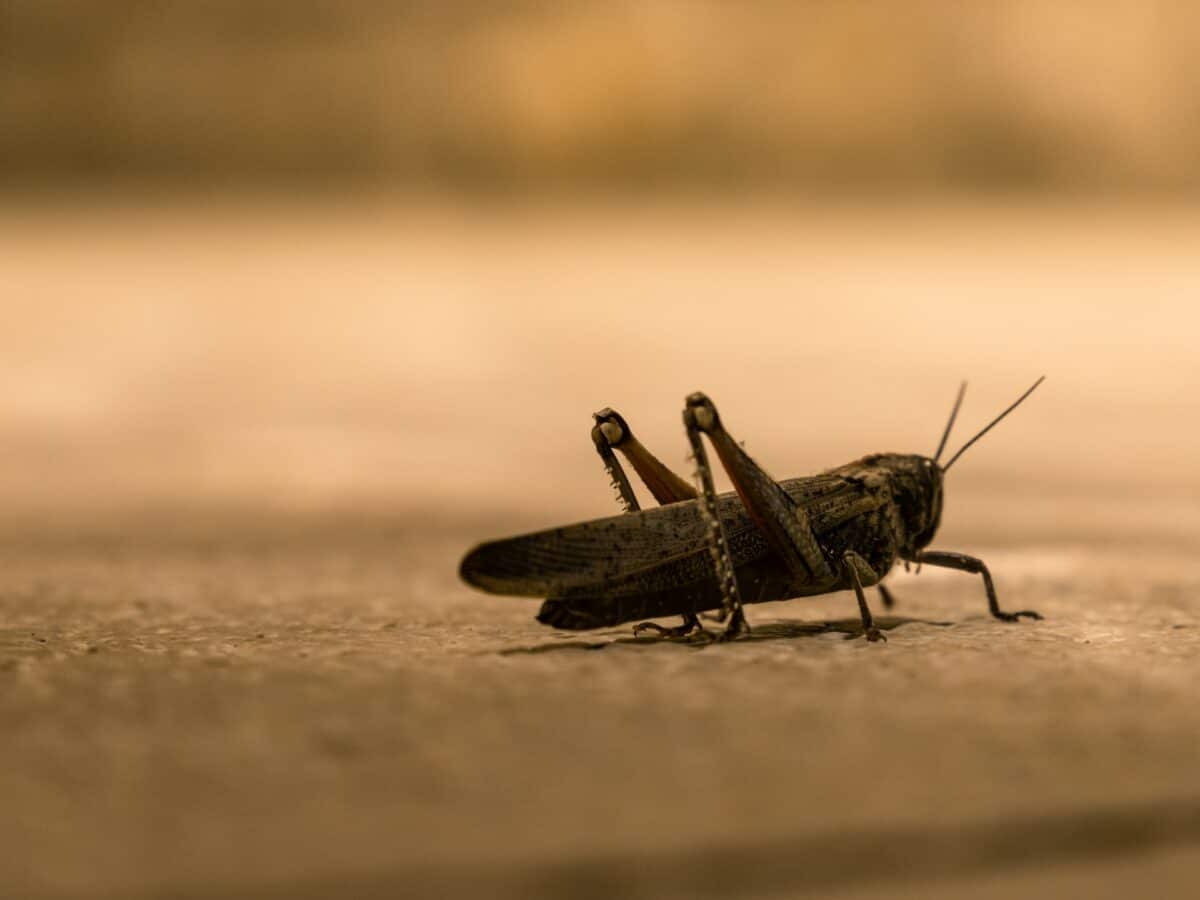
Locusts and grasshoppers are often seen as agricultural pests, but they can be beneficial in some cases. Both insects can be great food sources for different animals, including fish and birds.
As they munch on crops, they also spread pollen further out than if just carried by the wind, increasing the chances of successful pollination and thereby significantly improving the ecosystem’s biodiversity. A lesser-known benefit is that locusts eat weeds before they go after crops due to their sharp preference for certain plant species.
The natural control these insects provide lessens a farmer’s need to use chemical pesticides or herbicides while still getting rid of unwanted plants. Finally, because locusts and grasshoppers move around quite frequently in large swarms, they can help spread useful microorganisms throughout gardens.
All this adds to a powerful argument for farmers and gardeners to learn about the benefits of locusts and grasshoppers!
How Can You Control Locust And Grasshopper Populations In Your Area?
Controlling locust and grasshopper populations in an area can be tricky, but it’s well worth the effort. This pest control will have long-term positive impacts on your local crops, gardens, and landscapes that rely heavily on locusts or grasshoppers for survival.
The most effective pest control methods include:
- Using traps to capture the insects.
- Using bait with insecticide to attract and kill adults.
- Cultivating extra crops around the infested areas to attract grasshoppers from valuable resources.
- Rotating chemical pesticides.
Whatever methods you choose, it is important to monitor the population closely so that you can gauge the effectiveness of each method and make any necessary changes. Taking appropriate action sooner rather than later – if left unchecked, these populations could become out of control in just a few days.
Which Species Is More Harmful To Crops: Locusts vs. Grasshoppers?
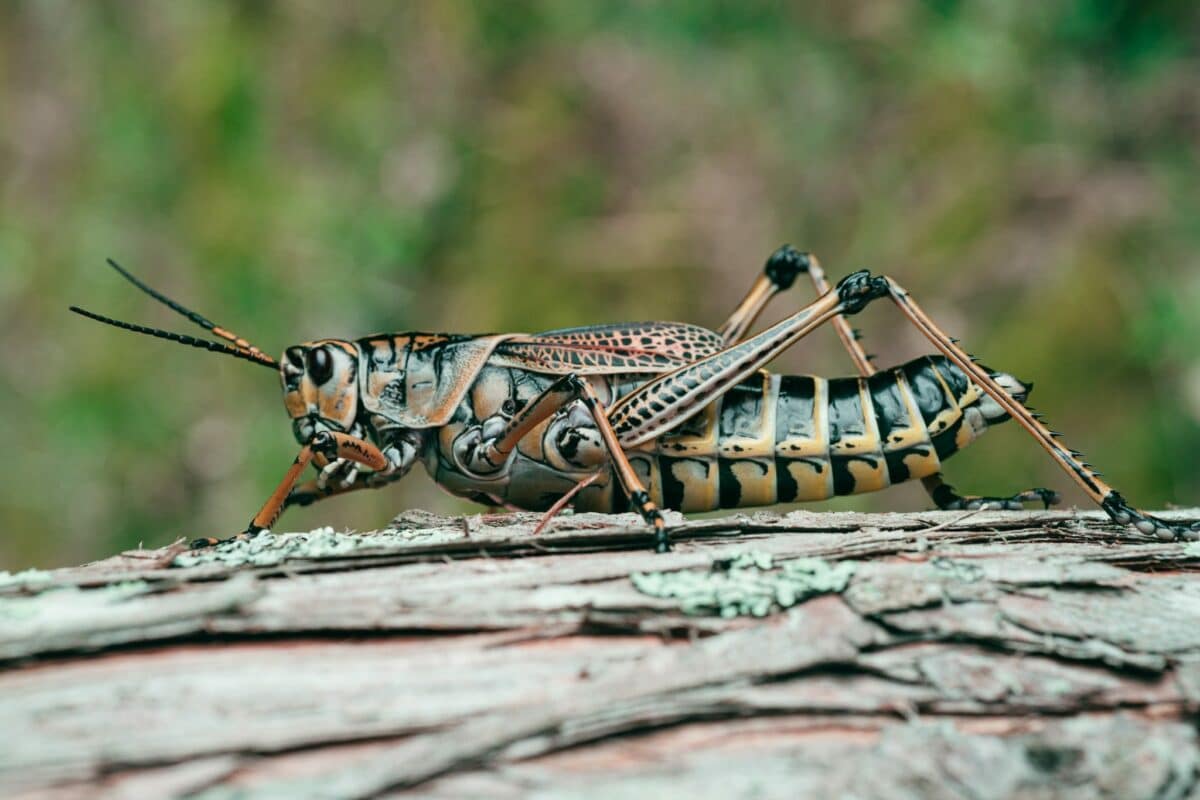
Regarding the damage they cause to crops, locusts and grasshoppers are not equal foes. Locusts have much more potential to inflict devastating losses on crops than their smaller relatives, the grasshoppers.
Locusts form large swarms of millions of individuals, moving over acres and acres in a single day and consuming everything in their path. In contrast, grasshoppers act in individual units and are limited to only consuming small amounts of foliage, with little potential for major crop loss.
The size of locust swarms allows them to outcompete predators, further aiding their ability to destroy crops. Farmers worldwide dread the powerful devastation that swarms of locusts can wreak and will do whatever they can to protect their harvest from this very real threat.
Do Locusts Pose A Threat To Human Health?
Locusts have been threatening human health, albeit indirectly, for centuries. Despite primarily attacking crops and vegetation, their apparent destruction can cascade into tragic events that significantly impact human life.
Throughout ancient and modern history, a massive swarm of locusts has been able to ravage entire crop fields and disrupt local food supply and distribution in the areas they occupy. It can lead to people being deprived of necessities such as food or clothing. Likewise, it can cause crises from financial stress caused by starvation or disease spread through malnutrition.
Though it is rare for locusts themselves to carry diseases harmful to humans, the destruction of food sources creates conditions in which harmful diseases can thrive. As such, locusts can be said to pose an indirect yet lethal threat to human health across the globe, particularly in already underprivileged areas where there is little food security.
Fun Facts About Locust And Grasshoppers
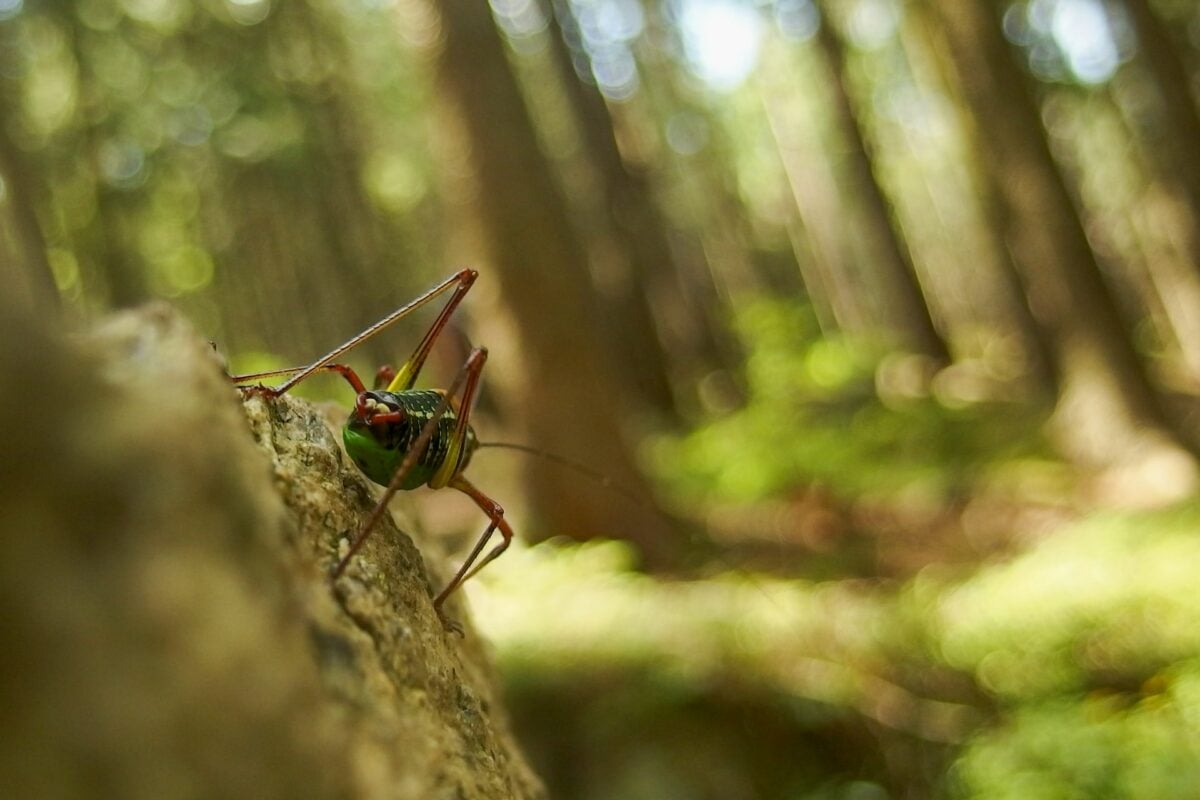
Did you know that the locust and grasshopper are the same insect species, separated by behaviors and habitats?
This fascinating family of insects is part of an order of large hopping insects known as Orthoptera that can have significant negative or positive impacts on nature.
While the grasshopper’s diet mostly consists of leaves, flowers, fruits, nuts, and seeds, locusts are a bit more adventurous in what they eat.
These marvelous members of our ecosystems have adapted to arid regions and can even travel up to 80 miles per day!
Whether you love them or hate them, there’s no denying the locust and grasshopper remain some of the most fascinating species on Earth.
The Final Word
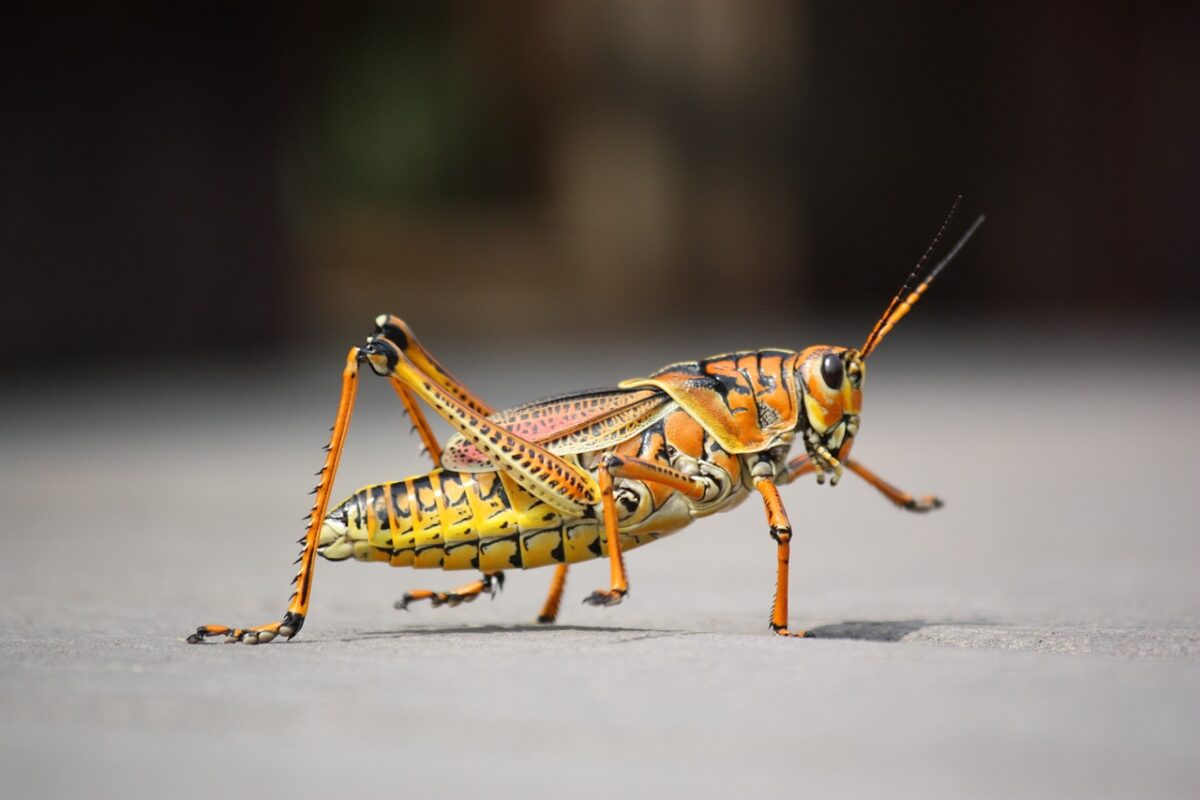
| Key Points |
| Locusts and grasshoppers are also included in the family of crickets and katydids. |
| Locusts tend to be larger than grasshoppers, with a greater span from wings at full extension – sometimes up to three inches across! On the other hand, grasshoppers often display a more flattened profile. |
| Grasshoppers typically mate fairly individually, with males and females pairing off for periods until the female lays her eggs in the soil. |
| Grasshopper’s small wings only grant limited flying power; they can fly for about 40 feet (10 meters) at a time—but that’s just enough to cover short jumps as it hops along! |
| Grasshoppers can contribute to biodiversity in every environment they inhabit and enrich different ecosystems with their unique abilities. |
While locusts and grasshoppers are both members of the order Orthoptera, several key distinctions exist between these two arthropods. The most notable difference is their respective lifecycles; locusts have metamorphoses, while grasshoppers do not.
Additionally, locusts display distinct changes in appearance and behavior when triggered by ecological cues like food availability, making them capable of forming massive swarms. Grasshoppers tend to be more solitary creatures.
Now that you know more about locusts and grasshoppers, what would you rather encounter on a hike?
Thank you for reading this article about the locust vs. grasshopper! The huge size and impressive diversity of the insect-family is frequently overlooked, take a look at our post about Water Bugs.
Join our Forum for free today!


